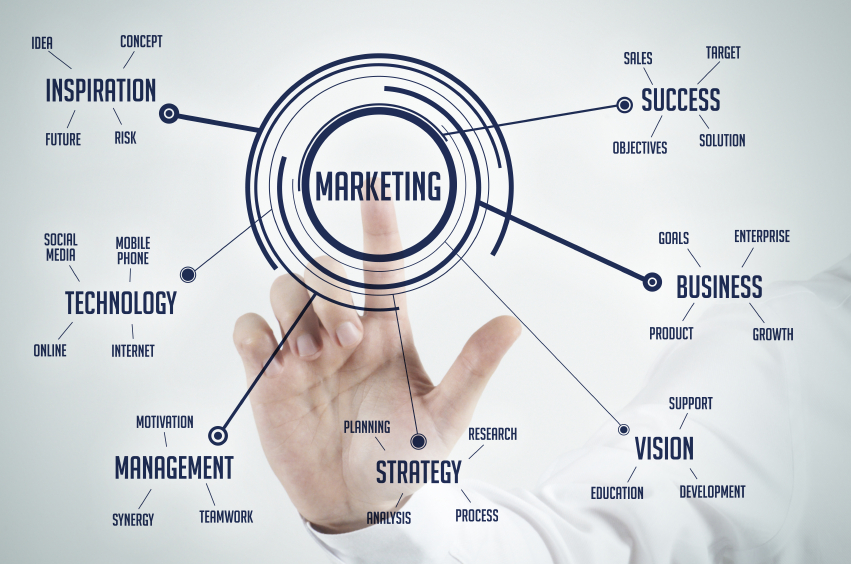In the last year, nearly $10 billion have been spent on programmatic marketing efforts. Though an estimated 75% of marketing experts struggle to explain this concept, we’re going to explore what is commonly known about programmatic marketing to give a fuller picture of this new concept.
- Simplest of Terms: Programmatic marketing is automated, highly targeted online marketing. Using specific software, advertisements and campaigns are triggered based on specific events or rules determined by data and programmed by algorithms. For example, if someone was browsing on one page, an advertisement may pop up for something he or she researched on another page based on data this person has input into the system. This is why when on a news website, one might see an ad appear for an online store he or she just shopped at and the products he or she was viewing. Similarly, this individual might see advertisements, banners, or videos for stores or products that are related to his or her online browsing history or even based on a profile of the average person who views the page. Social media sites may target based on similar sites people visited from their pages or sites visited by their friends. The benefit of programmatic marketing is it allows companies to use data to efficiently target their intended audience.
- What it’s Not: Quite possibly the biggest confusion comes from marketers who equate programmatic marketing solely with advertising purchased by Real-Time Bids (RTB), which is display or banner ads bought and sold based on impressions. While this can be one facet of programmatic marketing, and currently is one of the primary forms used, there is more to programmatic marketing than RTB.
- Why it is Important: The greatest science or art in marketing is how to target campaigns to specific customer groups who are most likely to purchase a company’s products or services. Programmatic marketing allows companies to do so most effectively by using data compilations. Their campaigns can be scaled to be viewed only by those who may truly be interested in the products or services they offer, as individual browsing habits and other data are indicative of past interest. Contrast this to traditional campaigns, such as television, radio, or print which take a more generalized approach and can be more costly. The overall process is much simpler, too. Buying advertising can be as simple as making a purchase with an online vendor.
- Machines vs. Human Interaction: Perhaps the greatest concern is that automation equals machines, hence less human involvement. While this is true to an extent, machines do not have the knowledge to replace the creativity and innovative capabilities of the human mind. The tasks that programmatic marketing assume are those manual, more menial tasks that a human may otherwise be performing in order to upload or insert orders and ads, or to create ad tags. There may be less need for RFPs and negotiations as well. However, the time that was historically spent on those jobs can now be utilized for planning strategies, interpreting data, and optimizing campaigns. No machine will ever be able to replace a person who can craft a message that can relate to the emotional needs of a consumer.
Programmatic marketing is still a seldom understood concept, but it is one well worth learning and understanding in order to remain competitive in today’s market. With an estimation that the money spent on these platforms will nearly double within the next year, marketers would be prudent to start investigating the various options and platforms available and to educate themselves on the ins and outs of effectively using this technology moving forward. The investment in learning now will no doubt be returned in higher revenues.
